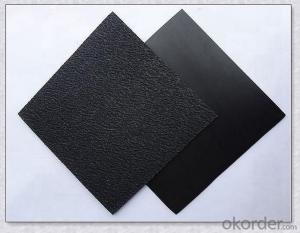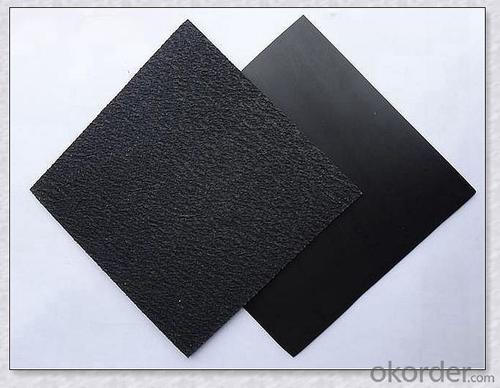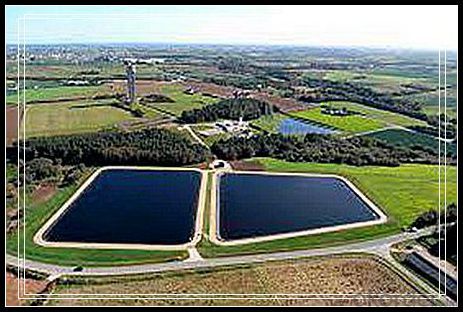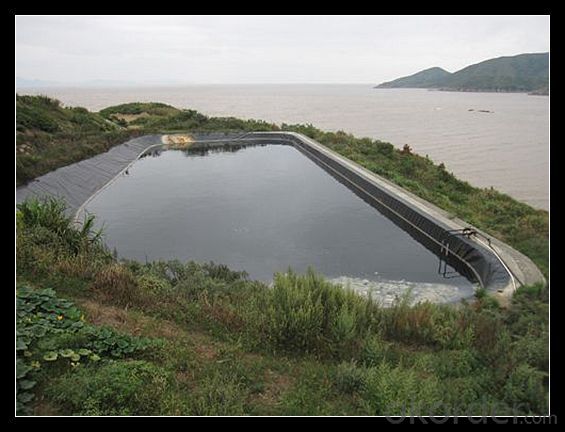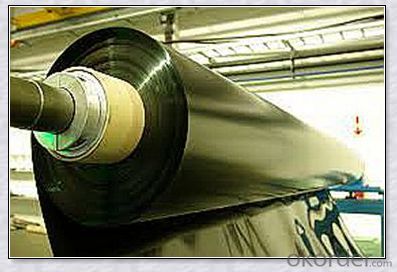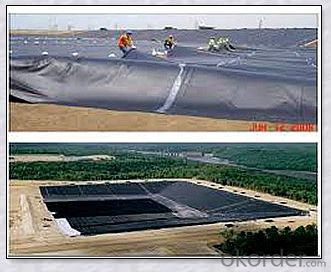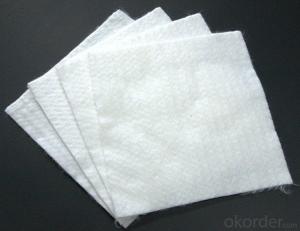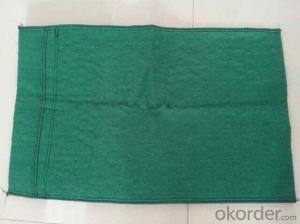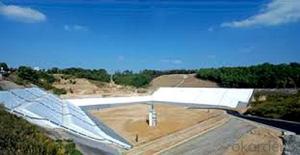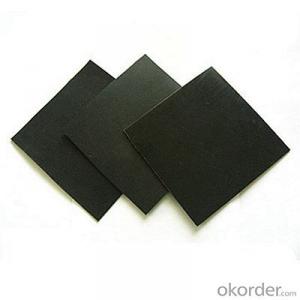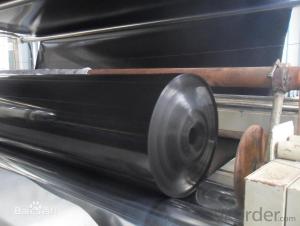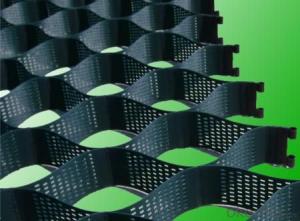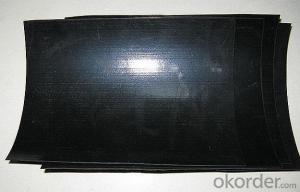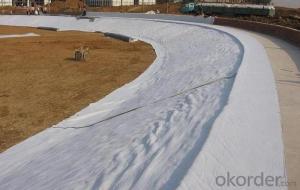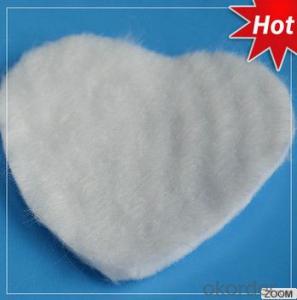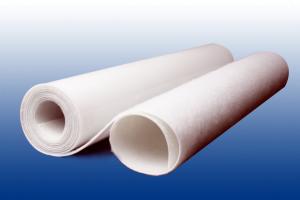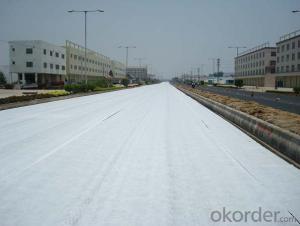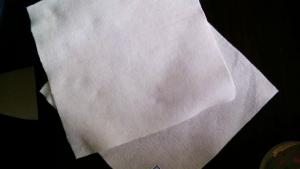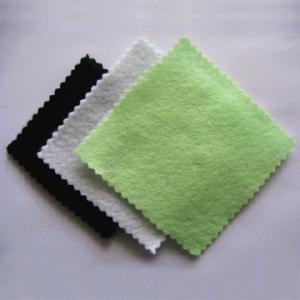Geotextil Bauhaus High-Density Polyethylene Geomembrane with Highest Quality
- Loading Port:
- China main port
- Payment Terms:
- TT OR LC
- Min Order Qty:
- 1000 m²
- Supply Capability:
- 10000000 m²/month
OKorder Service Pledge
OKorder Financial Service
You Might Also Like
Specification
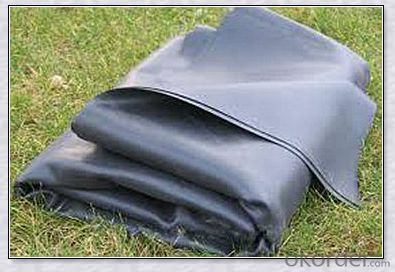
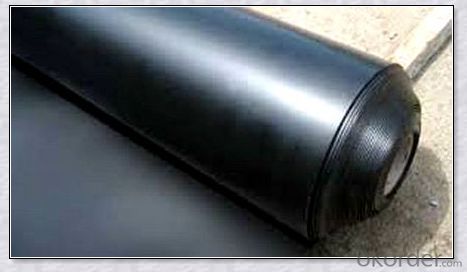
Type:HDPE geomembrane
Material: High-density polyethyle Material Low-density Polyethylene
Thickness:0.1mm~3.0mm
Roll width:1m~8m Roll length:50m~100m
Color:Black or at your request
Density: 0.94g /cm3
Temperature range: -60oC -- +60oC
Life time: more than 50 years
Executive standard: GB/T 17643-2011
Geomembranes are the most widely used products for solid waste containment (such as landfill liners), mining, and water containment applications.
our factory uses the highest quality resins to manufacture the widest selection of high density polyethylene (HDPE) and linear low density polyethylene (LLDPE) geomembrane products available in either a black, green, white or Conductive upper surface, and in either a smooth or textured single or double-sided surface
Our Service
Quality assurance
1.On a regular basis or as per your request,we entrust national testing agencies to conduct quality inspections
2. Strictly in accordance with the ISO9001-2008 international quality system standard,we monitor and manage the whole process throughout production,quality testing,and measurement to ensure product quality
3. For quality-related construction delay or substandard construction(except for damage or losses due to customer’s responsibility or irresistible natural disasters),we have refunding,replacement,and repair services.We will respond to customers’ feedbacks on quality issues within 24 hours.
Packaging & Shipping
Packing: PLASTIC FILM INSIDE, AND WOVEN BAG OUTSIDE
Shipping: About 15 days after receipt the deposit
FAQ:
Q: What kind of payments does jenor support?
A: T/T, L/C, Cash are accepted.
Q: Do you charge for the samples?
A: Accordeing to our company policy, the samples are free, we only charge the freight fee. And we will return the freight fee during the next order.
Q: Can you produce according to customers' design?
A: Sure, we are professional manufacturer, OEM and ODM are both welcome.
Q: Do you have other products?
A: Yes, please check the pictures:
- Q: How do geotextiles help in filtration?
- Geotextiles help in filtration by acting as a barrier that allows water to pass through while preventing the passage of fine particles and sediments, effectively filtering the water.
- Q: How do geotextiles help with vegetation establishment in landscaping projects?
- Geotextiles help with vegetation establishment in landscaping projects by providing a stable and supportive environment for plant growth. They act as a barrier, preventing erosion and soil movement, while allowing water and nutrients to pass through to the plants' root systems. Geotextiles also aid in weed suppression, creating a favorable condition for the establishment and growth of desired vegetation.
- Q: What glue glue is used at the seams of the impervious geotextile
- What glue glue is used at the seams of the impervious geotextile
- Q: What are the advantages of using geotextiles in green roof design?
- Geotextiles offer several advantages in green roof design. Firstly, they provide an effective separation layer between the growing media and the roof membrane, preventing soil erosion and protecting the waterproofing layer. Secondly, geotextiles enhance drainage by allowing excess water to pass through the growing media and into the drainage layer, preventing waterlogging and maintaining a healthy environment for plant growth. Additionally, geotextiles can act as a filtration layer, preventing fine particles from clogging the drainage system and maintaining its functionality. Overall, the use of geotextiles in green roof design improves the longevity and performance of the roof system, while also aiding in stormwater management and plant health.
- Q: The amount of geotextile drained pipe drape
- According to the two sides agreed by the measurement method, such as by the extension of the package or the expansion of the area can be calculated, you can also agreed to package a tube how much money. Generally calculated by the expansion of the area is more reasonable, because the size of the pipeline.
- Q: How are geotextiles manufactured?
- Geotextiles are manufactured through a process called needle-punching, where synthetic fibers such as polyester or polypropylene are mechanically interlocked together using needles. This method creates a strong and durable fabric with various applications in civil engineering, landscaping, and erosion control.
- Q: Planting roofing geotextile lap way
- Lap 10 cm, sewing with sewing machine, I specializing in the production of roofing with geotextile, drainage board and other products, wish smooth
- Q: How do geotextiles help with reinforcement of soil slopes?
- Geotextiles help with the reinforcement of soil slopes by providing a stable and strong barrier that prevents soil erosion. They act as a protective layer, distributing the weight and forces evenly, enhancing the stability of the slope. Additionally, geotextiles separate the soil layers, preventing intermixing and promoting drainage, which further contributes to the reinforcement of the slope.
- Q: Can geotextiles be used for erosion control in river channels?
- Yes, geotextiles can be used for erosion control in river channels. Geotextiles are permeable fabrics that are designed to stabilize soil and prevent erosion by providing structural support and enhancing filtration. They can be installed in river channels to control erosion by reinforcing the riverbanks, protecting against scouring, and promoting vegetation growth. Geotextiles can effectively reduce sediment transport and maintain the stability of river channels, making them a suitable option for erosion control in these environments.
- Q: Can geotextiles be used in retaining wall construction?
- Yes, geotextiles can be used in retaining wall construction. They are often used as a reinforcement material to improve the stability and longevity of the wall. Geotextiles can help in preventing soil erosion, providing drainage, and increasing the overall strength of the retaining wall.
Send your message to us
Geotextil Bauhaus High-Density Polyethylene Geomembrane with Highest Quality
- Loading Port:
- China main port
- Payment Terms:
- TT OR LC
- Min Order Qty:
- 1000 m²
- Supply Capability:
- 10000000 m²/month
OKorder Service Pledge
OKorder Financial Service
Similar products
Hot products
Hot Searches
Related keywords
